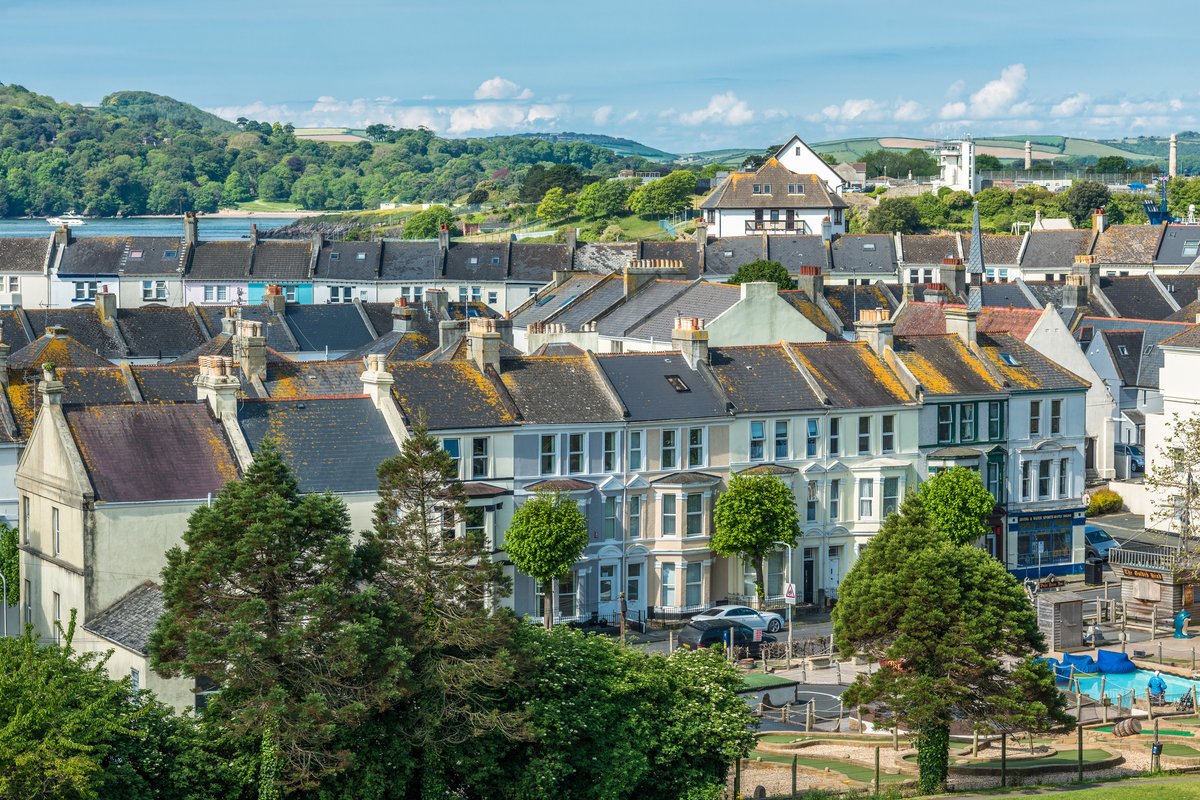Throughout our ongoing work on clean heat neighbourhoods, we consistently hear of a gap between the currently more strategic energy planning and the delivery of low-carbon heat. We think that granular local heat planning could be crucial for increasing the speed of low-carbon heating uptake, especially in areas that require multiple technologies to be delivered, potentially through different consumer offers.
We believe local heat planning could enable tailored strategies to specific local contexts, optimising infrastructure investment, building supply chain confidence and fostering community engagement and trust. This approach may also ensure an equitable transition by identifying and supporting vulnerable groups and facilitating delivery across different tenures, property types and socio-demographics.
Over the next six months we will work with Plymouth City Council to create a draft plan for an area of the city. This plan is not intended as something that will be adopted. This is a learning opportunity to test our assumptions about the value, feasibility, and replicability of granular heat plans, and to build an understanding of the resources and skill sets required for the process.
Our primary impact goal is that through this work, we develop more incisive policy asks around clean heat neighbourhood planning, alongside developing replicable methodologies, guidance and tools for others to use.
Although this plan is not intended for implementation, the plan may help the chosen area move closer to delivery. We will engage, in a research capacity, with citizens and the supply chain to understand their views and potential interests.
Homeowners must currently initiate the switch to low-carbon heating themselves. They might lack knowledge of heat pumps and similar technologies, struggle to find trustworthy information, or be unaware of available financial aid.
We believe that local heat planning will encourage action and offer clear signals to homeowners and the supply chain. This approach would boost awareness and confidence, potentially enabling more communal technologies and reducing friction for households through signposting to schemes tailored to their local areas and properties.
We believe clean heat planning would involve identifying areas suitable for different technologies, such as district heating networks, air source heat pumps, and networked ground source heat pumps. This approach would be more granular than current energy plans, and would expand upon existing frameworks like local area energy plans or heat and energy efficiency strategies.
Enabling an area-based scheme, and setting direction through the development of a clean heat plan may expedite the rollout of low-carbon heating across a range of technologies.
We’ll begin with selecting an area and determining what a clean heat plan needs to include. This involves agreeing on the area, defining boundaries, understanding available data, and identifying key stakeholders, local households, and other local groups to engage with.
Next, potential low-carbon heat approaches will be mapped at a household level, bringing together data and local knowledge. This includes early engagement with community and professional stakeholders to shape the plan and the creation of a first draft. The plan will then be refined through feedback from the supply chain, local stakeholders and citizen engagement. Neighbourhood residents will be engaged to understand their views and how they would participate in the process, whilst stakeholders will be engaged to understand how the plan may be used in their decision-making processes. The plan will be amended as necessary based on this engagement before recommendations are built into a refined, clean heat plan.
Finally, we’ll publish a report on our process and learnings, along with any tools or frameworks for others to use. We’ll also assess the value of clean heat planning, the required process, resources, and replicability.
